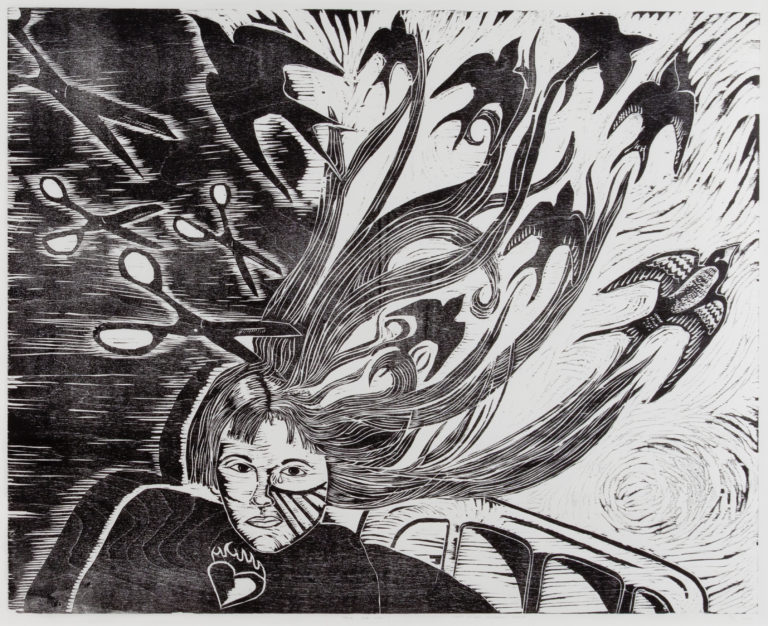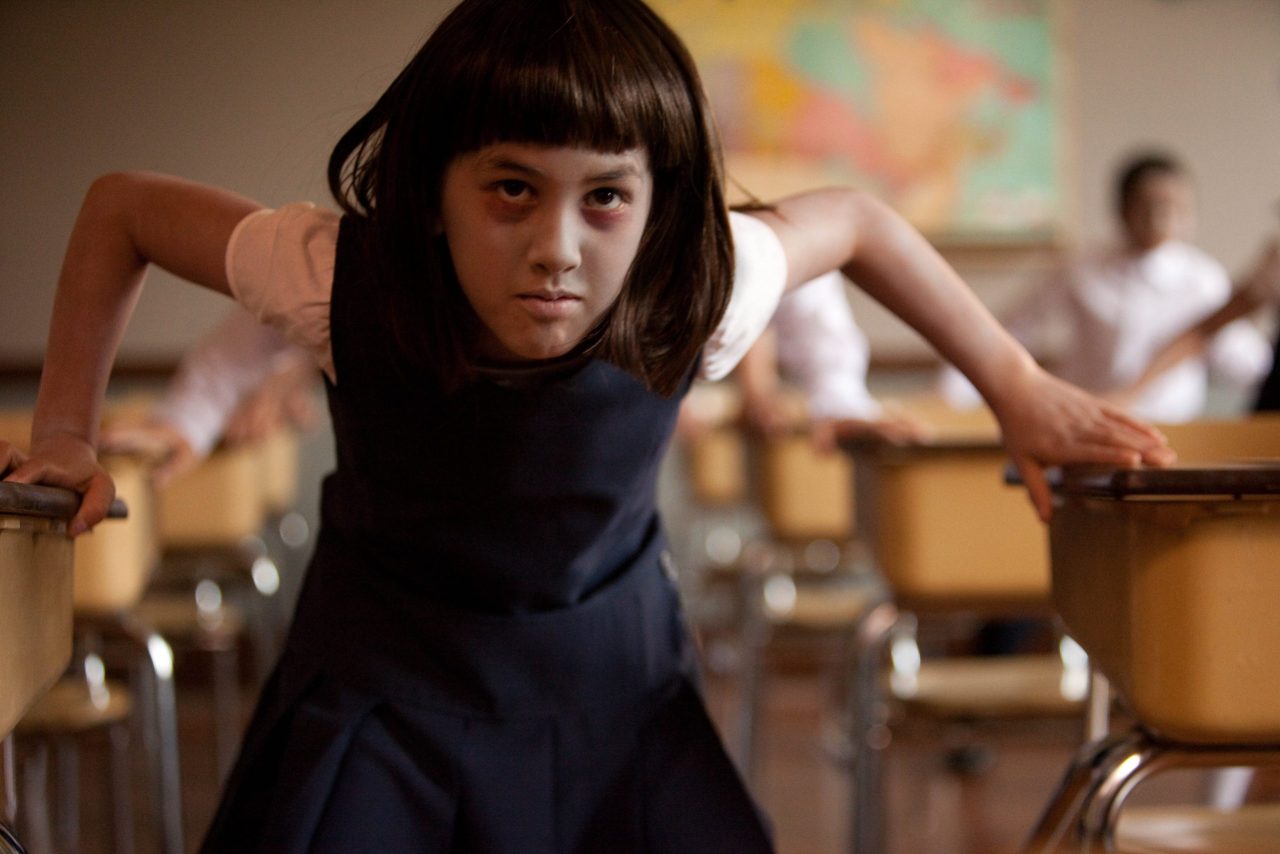29 Nov 2013 2-3 pm
Concert at the Belkin: Witnesses
-
UBC Contemporary Players
PresenterDirected by Paolo Bortolussi, the UBC Contemporary Players ensemble includes graduate and undergraduate students from the School of Music focusing on music and performance of our time. Programs blend masterworks by internationally acclaimed composers with world premieres of works written expressly for the ensemble by UBC composition majors.
Read More
-
Samantha Ballard
Presenter -
Vivian Chen
Presenter -
Justinc Chiang
Presenter -
Edmund Chung
Presenter -
Elaine Du
Presenter -
Lidia HaeJu Lee
Presenter -
Corey Hamm
Presenter -
Paul Hung
Presenter -
Peter Hwang
Presenter -
Joohee Kim
Presenter -
Abraham Landa
Presenter -
Geronimo Mendoza
Presenter -
Jonathan Mok
Presenter -
Yan Ng
Presenter -
Luke Wang
Presenter -
David Xiao
Presenter -
Waylon Ye
Presenter

Tania Willard, Free Your Mind, 2007.
woodcut on paper, 61.0 x 76.2 cm.
Courtesy of the artist.
Join us for a concert by the UBC Contemporary Players at the Belkin Art Gallery. Ensemble Directors Corey Hamm and Paolo Bortolussi present a program that celebrates the Belkin Art Gallery’s current exhibition Witnesses: Art and Canada’s Indian Residential Schools.
PROGRAM
Gyorgy Kurtag, The Little Fix (1979): Joohee Kim (flute), Justin Chiang (trombone), Abraham Landa (guitar)
John Cage, Living Room Music (1940): Lidia HaeJu Lee, Luke Wang, Samantha Ballard, Elaine Du
Ali Askin, Some Body(‘s) Music (1989): Geronimo Mendoza, Vivian Chen, Waylon Ye, Yan Ng, Jonathan Mok, Corey Hamm (clappers)
Toru Takemitsu, Voice (1971): Paul Hung (flute)
Michael Oesterle, Sunspot Letters (2006): Geronimo Mendoza (oboe), Edmund Chung (violin), David Xiao (viola), Peter Hwang (cello)
All welcome. Admission is free.
CONCEIVED AND DEVELOPED BY SHELLY ROSENBLUM
Conceived and Developed by Shelly Rosenblum
-
UBC Contemporary Players
PresenterDirected by Paolo Bortolussi, the UBC Contemporary Players ensemble includes graduate and undergraduate students from the School of Music focusing on music and performance of our time. Programs blend masterworks by internationally acclaimed composers with world premieres of works written expressly for the ensemble by UBC composition majors.
Read More
-
Samantha Ballard
Presenter -
Vivian Chen
Presenter -
Justinc Chiang
Presenter -
Edmund Chung
Presenter -
Elaine Du
Presenter -
Lidia HaeJu Lee
Presenter -
Corey Hamm
Presenter -
Paul Hung
Presenter -
Peter Hwang
Presenter -
Joohee Kim
Presenter -
Abraham Landa
Presenter -
Geronimo Mendoza
Presenter -
Jonathan Mok
Presenter -
Yan Ng
Presenter -
Luke Wang
Presenter -
David Xiao
Presenter -
Waylon Ye
Presenter
Related
-
Exhibition
6 September 2013 – 1 December 2013
Witnesses: Art and Canada’s Indian Residential Schools

Witnesses: Art and Canada’s Indian Residential Schools presents artists who have produced work arising from the history of Indian Residential Schools in Canada and coincides with, but is independent from, the Truth and Reconciliation Commission of Canada National Event that will take place in Vancouver from September 18 to 21, 2013. The exhibition features artists from British Columbia and across Canada, and is cross-generational to include those who directly experienced Indian Residential Schools as well as those who are witnesses to its ongoing impact.
[more]